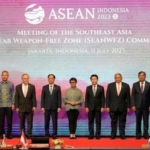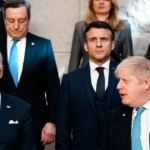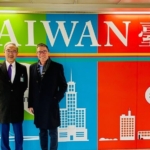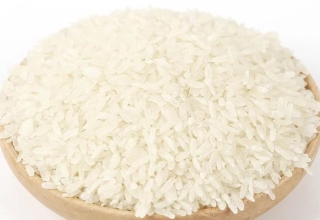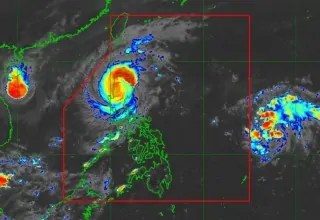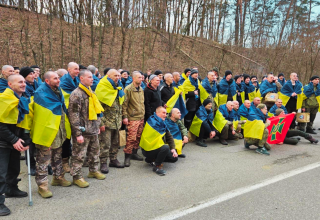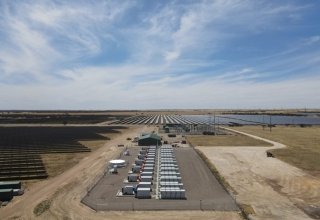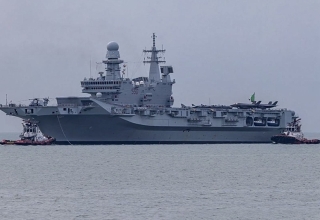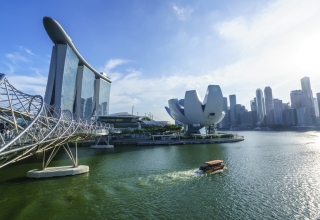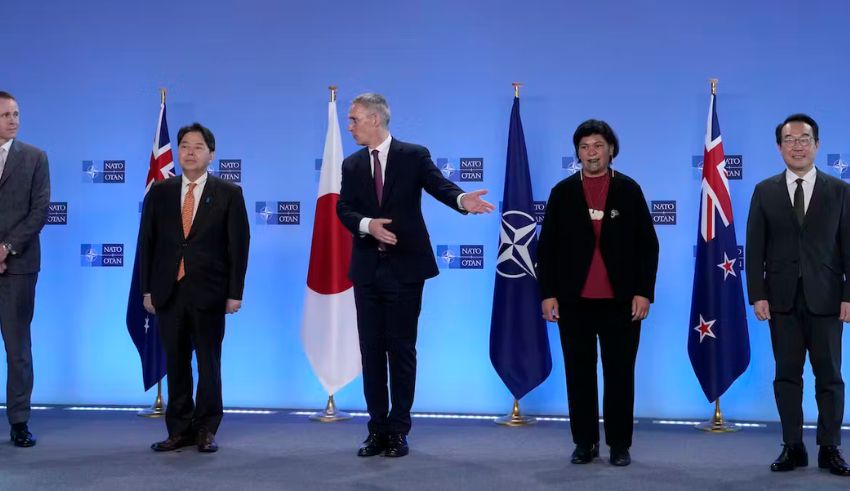
NATO summits and gatherings have drawn more attention since Russia invaded Ukraine, and the most recent summit in Vilnius, Lithuania, was no exception. The presence of four Asian-Pacific leaders—Australian Prime Minister Anthony Albanese, New Zealand Prime Minister Chris Hipkins, Japanese Prime Minister Fumio Kishida, and South Korean President Yoon Suk-yeol—is noteworthy, even though the focus is still on NATO’s military assistance to Ukraine.
The participation of the leaders of the Asia-Pacific region at the NATO summit is in line with the active support for Ukraine and sanctions against Russia that these nations have provided. Additionally, NATO’s 2022 Strategic Concept recognises the significance of the Indo-Pacific area and views China’s aspirations and behaviour as a serious threat to its security and the rules-based international order. The increased collaboration between China and Russia is mainly mentioned in the document as a threat.
Policy analysts have disagreed about NATO’s outreach initiatives in the Asia-Pacific, but the four invited nations have generally shown a desire to increase their cooperation with NATO. The summit in Vilnius will be used as a yardstick to measure the advancement made since the summit in Madrid, where the Indo-Pacific allies showed their support for Ukraine. NATO has been attempting to formally establish partnerships with these nations before the summit, concentrating on maritime security, cybersecurity, climate change, outer space, and emerging technologies.
Increasing the interoperability of their military is one goal of NATO’s partnerships with the Indo-Pacific nations. This entails performing joint drills, building connections between soldiers and military personnel, and deepening understanding of each other’s military resources. The goal is to ensure that NATO and its allies effectively coordinate and cooperate in tackling common security concerns.
These alliances strengthen the network of security and diplomatic relations between the United States, its allies in the West, and the Indo-Pacific region. They enhance current alliances like AUKUS and the Quad. NATO’s partnerships with Indo-Pacific nations have developed over the years, moving from pooling resources for security operations in non-NATO members to confronting new threats and challenges from Russia and China.
Keep Reading
NATO’s expanding alliances with nations in the Indo-Pacific do not signify long-term military presence or the establishment of a regional collective defence agreement resembling NATO. The emphasis is on tackling shared issues and encouraging improved communication and collaboration among more nations. These alliances seek to solve various problems, including disinformation, maritime security, cyber defence, and space competitiveness.
It’s possible that China and Russia will see these alliances as a threat to their interests and work to impede their development. China has expressed opposition to the proposed NATO liaison office in Tokyo because it sees it as a danger to the peace and stability of the region. However, the Indo-Pacific nations concerned understand the need for future competitiveness with China and Russia.
The threats that both Russia and China present to the Asia-Pacific region and the region’s importance to NATO’s security are driving NATO’s increased interest in the area. Leaders from the Indo-Pacific attending the NATO summit underscores how crucial it is to fortify alliances and work together to address global security concerns. These alliances offer a base for collaboration on numerous fronts and contribute to a more secure and stable international order, even while they do not result in a permanent military presence or a collective defence treaty.
